Integration with Genomic Studies
The Laser Capture Microdissection Market is increasingly integrating with genomic studies, which is reshaping the landscape of molecular biology research. This integration allows for the extraction of high-quality nucleic acids from specific cell populations, enabling detailed genomic analyses. As personalized medicine gains traction, the ability to analyze genetic material from isolated cells becomes paramount. The market for genomic studies is projected to grow significantly, and laser capture microdissection plays a pivotal role in this evolution. By providing researchers with the tools to dissect and analyze specific cell types, this technology supports advancements in targeted therapies and biomarker discovery. The synergy between these fields suggests a promising future for the laser capture microdissection market, as it aligns with the broader trends in precision medicine and tailored treatment approaches.
Rising Demand in Cancer Research
The Laser Capture Microdissection Market is witnessing a notable increase in demand driven by the growing focus on cancer research. As cancer remains one of the leading causes of mortality worldwide, researchers are seeking advanced techniques to study tumor heterogeneity and microenvironments. Laser capture microdissection allows for the precise isolation of cancerous cells from surrounding tissues, facilitating in-depth molecular analysis. According to recent estimates, the cancer research segment accounts for over 40% of the total market share, reflecting the critical role of this technology in understanding cancer biology. This rising demand is likely to propel investments in research and development, further enhancing the capabilities of laser capture microdissection systems. Consequently, the market is expected to expand as more institutions adopt these technologies to advance their research initiatives.
Growing Applications in Pathology
The Laser Capture Microdissection Market is expanding due to its growing applications in pathology. Pathologists are increasingly utilizing this technology to isolate specific cell populations from tissue samples, which is essential for accurate diagnosis and treatment planning. The ability to analyze cellular components at a molecular level enhances the understanding of various diseases, including cancer and autoimmune disorders. As the demand for precise diagnostic tools rises, the market for laser capture microdissection is expected to grow. Recent data indicates that the pathology segment is projected to account for a significant portion of the market share, driven by the need for advanced diagnostic techniques. This trend highlights the importance of laser capture microdissection in modern pathology, suggesting that its role will continue to expand as diagnostic requirements evolve.
Increased Funding for Research Initiatives
The Laser Capture Microdissection Market is benefiting from increased funding for research initiatives across various sectors, including academia and biotechnology. Governments and private organizations are recognizing the importance of advanced research tools in driving scientific discovery. This influx of funding is likely to enhance the capabilities of laser capture microdissection technologies, making them more accessible to researchers. As funding agencies prioritize cancer research and genomic studies, the demand for precise microdissection tools is expected to rise. Recent reports indicate that funding for life sciences research has seen a year-on-year increase of approximately 8%, which directly correlates with the growth of the laser capture microdissection market. This trend suggests a robust future for the industry, as researchers are equipped with better resources to conduct their studies.
Technological Advancements in Laser Capture Microdissection
The Laser Capture Microdissection Market is experiencing a surge in technological advancements that enhance precision and efficiency. Innovations in laser systems and imaging technologies are enabling researchers to isolate specific cells with unprecedented accuracy. For instance, the introduction of high-resolution imaging systems allows for better visualization of target cells, which is crucial in applications such as cancer research. The market is projected to grow at a compound annual growth rate of approximately 10% over the next five years, driven by these advancements. Furthermore, the integration of automation in microdissection processes is streamlining workflows, reducing human error, and increasing throughput. This trend indicates a shift towards more sophisticated and user-friendly systems, which could potentially attract a broader range of users, from academic institutions to clinical laboratories.


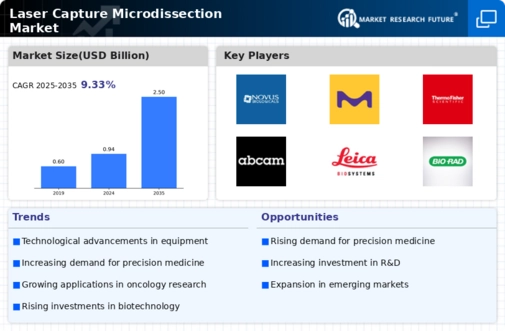
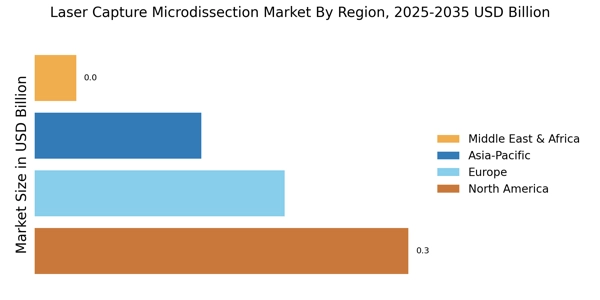

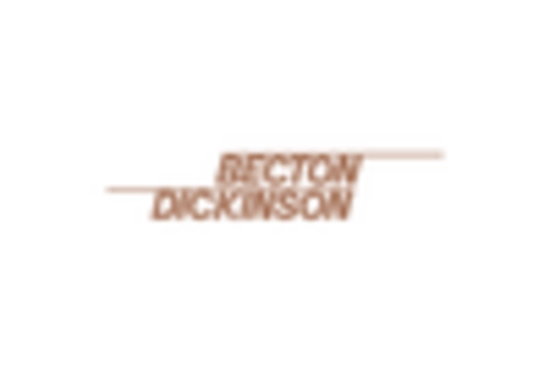
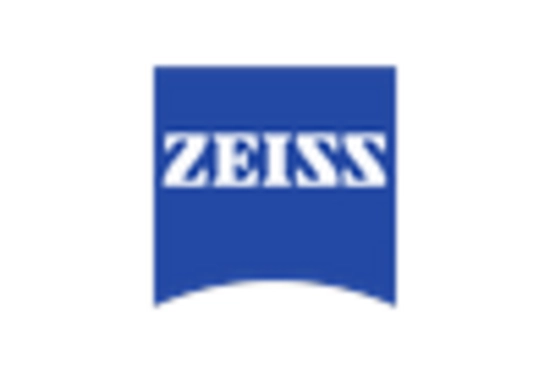
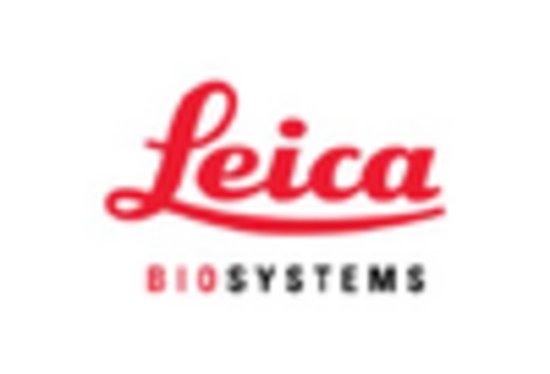
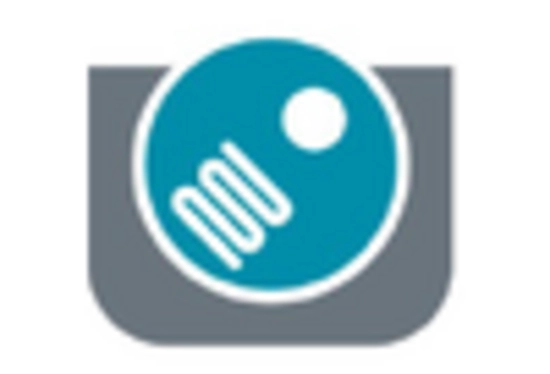









Leave a Comment